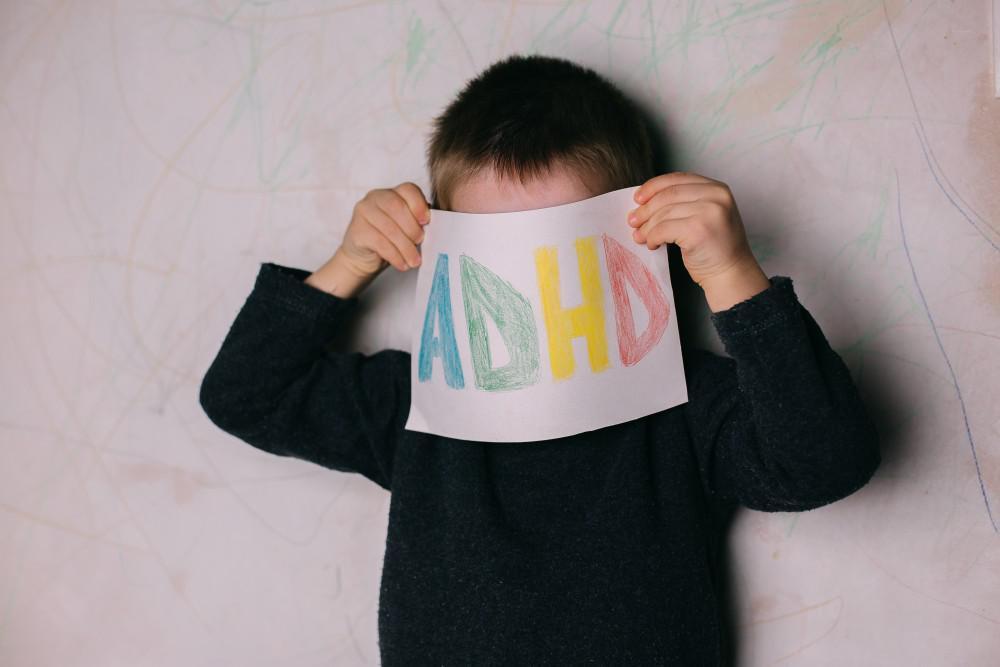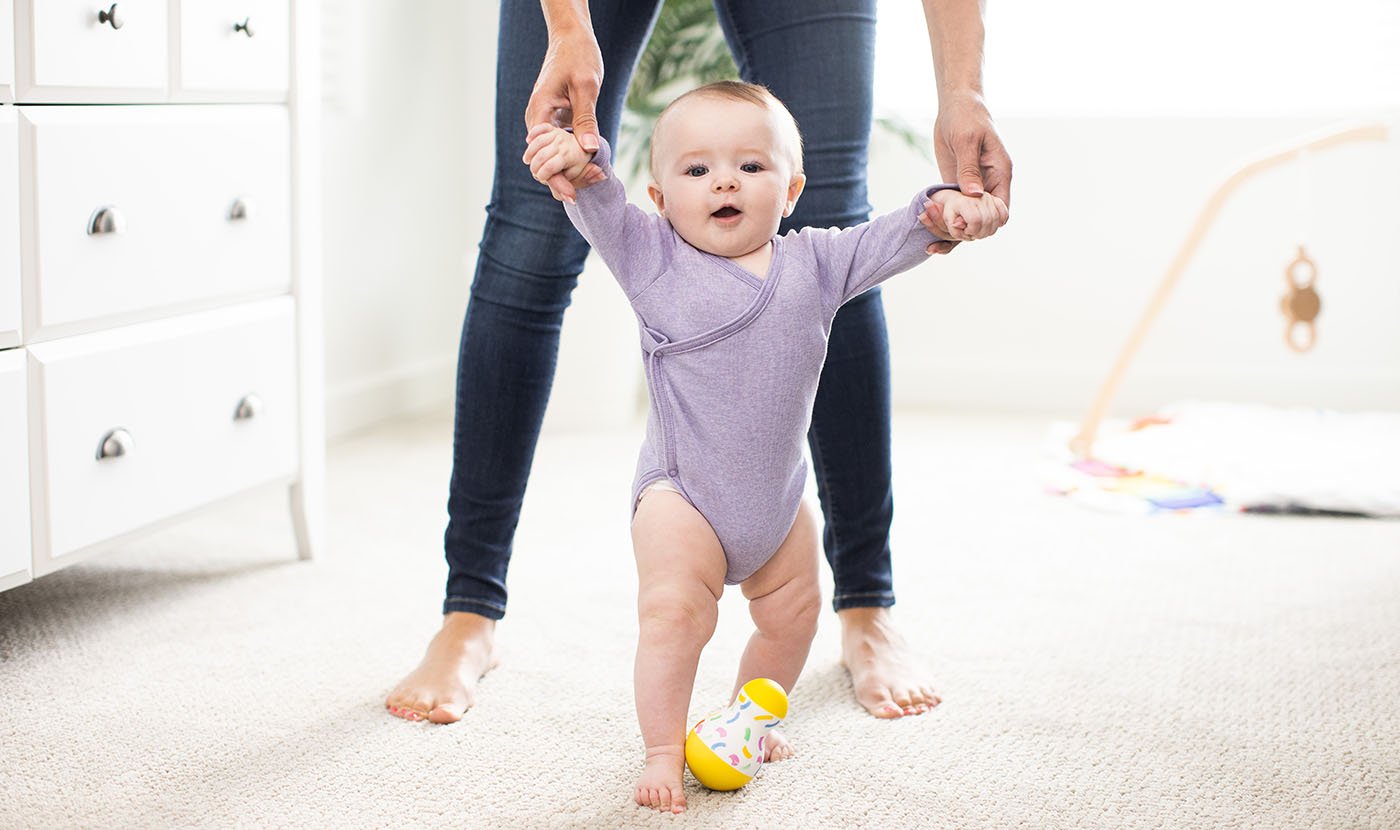Toddler Milestones
Teething Milestones in Toddlers
Advertisement
One of the most exciting and challenging experiences as a parent is watching your child grow and reach important developmental milestones. Teething is one of those milestones that is often accompanied by excitement and sleepless nights. Erupting a toddler’s first tooth is not only an important step in their development, it’s also a fascinating journey. In this article, we explore the milestones of toddler teething, what to expect, and how to make this phase as smooth as possible for you and your child.
Teething Time
Teething usually starts when your baby is six months old. However, it can start as early as three months and even after a year. Every child is unique and the timing of teething can vary. Some children are even born with one or two teeth. The most common pattern is for the two lower front teeth (lower central incisors) to appear first, followed by the two upper front teeth (upper central incisors). The remaining teeth will gradually grow over the coming years.
Signs of Teething
Although the order and timing of teething can vary, there are some general signs to look for if your child is teething:
- Drooling: Excessive saliva is a classic symptom of teething. You may want to keep a bib on hand to keep your child dry.
- Irritability: Teething can be uncomfortable and cause irritability and irritability. During this time, your child may cry more easily.
- Chewing: Babies like to chew on things when they are teething. Give them safe teething toys or clean, damp washcloths for them to chew on.
- Swollen gums: The areas where the teeth erupt may look red and swollen.
- Sleep disorders: Teething can disrupt your child’s sleep patterns. Be prepared for a few sleepless nights.
- Ear pulling and cheek rubbing: Sometimes toothache occurs, causing children to pull their ears or rub their cheeks.
- Changes in Appetite: Teething can affect your child’s appetite. They may eat less during this period.
Dealing with Teething Problems
Teething can be a challenge, but there are many ways to help your child during this stage:
- Teething toys: Give your child teething toys to chew on. Make sure they are safe and easy to clean.
- Cold compresses: A cold washcloth or ice-cold teething ring can help relieve gum pain.
- Over-the-counter medications: Talk to your pediatrician before using over-the-counter teething gel or medications. Some may not be suitable for young children.
- Hugs and comfort: Sometimes all your child needs during this uncomfortable time is an extra hug and comfort.
- Maintain good oral hygiene: Even before the first teeth appear, gently clean your baby’s gums with a soft, damp cloth.
Dental Care for Toddlers
As your child’s teeth continue to grow, it is important to develop good oral hygiene habits early on. Here are some tips to help you care for your child’s growing teeth:
- Start brushing early: As soon as your child’s first tooth appears, begin brushing with an age-appropriate soft toothbrush and fluoride toothpaste. For children under three years of age, do not use more toothpaste than the particle size.
- Regular dental checkups: Schedule your child’s first dental appointment before the child’s first birthday or after the first tooth emerges. Regular dental exams can help monitor tooth development and detect any problems early.
- Flossing: Once your child’s teeth touch (usually around age two), you can make flossing a part of their daily routine. Flossing helps remove food particles and prevent cavities between the teeth.
- Healthy diet: A balanced diet is essential for maintaining healthy teeth. Encourage your child to eat a varied diet, including fruits, vegetables, and dairy products. Limit sugary snacks and drinks, as too much sugar can lead to tooth decay.
- Limit pacifier use: If your child uses a pacifier, try to limit its use, especially after the age of one. Long-term pacifier use can affect teeth alignment.
- Avoid bottle rot: Don’t let your child sleep with a bottle in his mouth, especially if it contains a sugary liquid like juice or milk. Prolonged exposure to these liquids can cause “bottle rot.”
Pay Close Attention to Tooth Development
As your child’s teeth continue to grow, it is important to be aware of any problems. Keep in mind that:
- Tooth discoloration: Tooth discoloration, such as brown or white spots, can be a sign of tooth decay. If you notice changes in the color of your teeth, contact your dentist.
- Crooked or misaligned teeth: While some degree of misalignment is normal for baby teeth as they emerge, severe misalignments should be discussed with your dentist.
- Slow eruption or missing teeth: If your child’s teeth are not erupting as expected or are missing teeth, contact your dentist. Early intervention can address underlying problems.
- Dental injuries: Young children are very curious and prone to accidents. If your child has damaged a tooth or even a baby tooth, seek dental care to ensure no long-term damage occurs.
Celebrate Milestones Together
Teething brings more than just discomfort and sleepless nights; This is a journey of growth and development. Celebrate every new tooth that comes in and every step your child takes toward becoming a big kid. Snap photos of their first big smiles and enjoy the magical moments as they explore the world with their new chewers.
Conclusion
All in all, teething is an exciting and important milestone in a child’s development. By understanding the signs of teething, learning to deal with the challenges, and practicing good dental care habits, you can make the process go as smoothly as possible. Embrace each tooth that symbolizes your child’s growth and continue to celebrate the extraordinary milestones they achieve along the way.
FAQs
1. When do young children usually start teething?
Teething usually begins when a child is six months old. However, it can start as early as three months and even after a year. Every child’s teething schedule is unique.
2. What are the most common symptoms of teething in young children?
Common symptoms of teething include drooling, fussiness, chewing on objects, swollen gums, sleep disturbances, ear pulling, cheek rubbing, and changes in appetite.
3. Which tooth usually erupts first in young children?
The two lower front teeth (called the lower central incisors) usually appear first, followed by the two upper front teeth or upper central incisors. The remaining teeth will gradually grow over the coming years.
4. How can I help my child cope with the discomfort of teething?
You can help alleviate the discomfort of teething in young children by offering teething toys, providing clean, cool towels for chewing, talking to your pediatrician about over-the-counter medications, providing extra cuddles and comfort, and practicing oral hygiene.
5. When should I start brushing my child’s teeth and what type of toothpaste should I use?
You should start brushing your child’s teeth as soon as the first tooth emerges. Use a soft, age-appropriate toothbrush and apply fluoride toothpaste. For children under three years of age, do not use more toothpaste than the particle size.
You may also like

Chase Freedom Unlimited® Review: Up to 5% Cashback
Discover the financial power in your hands with Chase Freedom Unlimited®! Enjoy the best in rewards with our credit card.
Keep Reading



